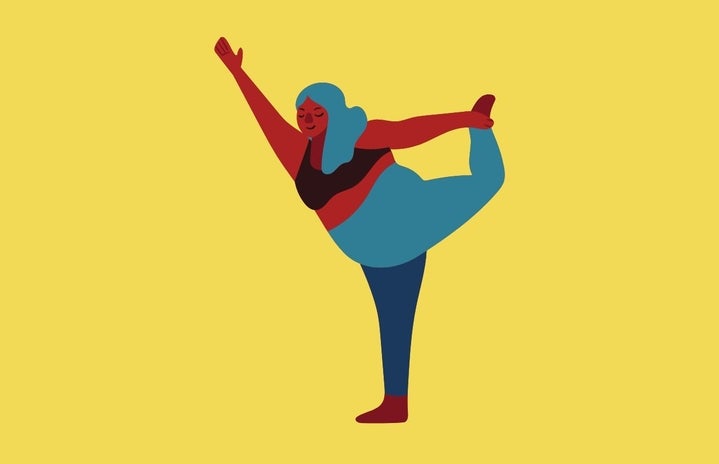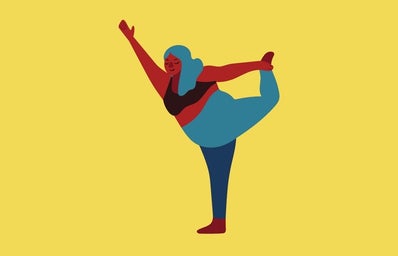Last week as I made my way to the Starbucks drive-through (my single outing every day), I passed a gym. Although my city is going through the process of reopening, it still doesn’t feel right to spend time in a fitness class as COVID-19 cases continue to rise at mega-speed. Instead, I drive past it on my coffee route, heaving a sigh as I remember yet another part of my routine that I’ve lost.
As we continue to move through this time of uncertainty, getting physical activity is another thing that feels incredibly tricky. I have so many questions. Is it safe to run in a public place, like the park? Do I need to wear a mask if I do? How do I practice at-home workouts if I don’t have access to equipment — especially when I live in an apartment with neighbors below me?
Maintaining your normal fitness routine isn’t easy and being stuck inside makes it feel near impossible. However, regular movement has been proven to boost the immune system, reduce stress and anxiety, and improve sleep. It can also be an incredible tool that makes time inside easier to bare.
If you can’t go to the gym or hit up a spin class with friends, what can you do?
Many of us are stuck at home with minimal space, resources, and motivation — but we still want to get in some kind of physical activity. Stretching can be a great way to keep moving without putting yourself or others in danger. Have I mentioned that it’s also soooo relaxing?
Stretching may not feel as impactful to get your blood pumping compared to going for a run or hopping on an elliptical, but when done correctly stretching can improve your mood and release stress.
Release that stress
“You can definitely hold emotional stress in your [muscle] tissues,” says Karena Wu, an orthopedic physical therapist. According to Wu, static stretches, or stretches where you hold a single position for a prolonged period of time, are the best for alleviating stress. Practicing static stretching also forces you to control your breath, which puts you in a meditative state, and in turn relaxes the internal nervous system.
Aside from that, stretching regularly has become even more beneficial due to a widespread change in lifestyle. Spending more time inside means the day-to-day can be pretty sedentary. While watching Netflix and scrolling through TikTok are entertaining ways to pass the hours, sitting for prolonged periods of time has negative effects on your body. Not only does your spine lose flexibility from the extended pressure, but the stiffening of your neck and shoulders can also cause long term aches and pains. Stretching can help reverse these effects by improving your posture and making sure your muscles and joints stay flexible.
Where to begin
If you are unsure where to begin, there are lots of free resources online that provide guided stretch routines. Madfit is one of my favorite channels for full-body stretch routines, as well as Yoga with Adrienne who posts yoga flows for all backgrounds and experience levels.
There’s no “right way” to exist in a global pandemic. You aren’t expected to be as productive or as active as you were before. Focus on the small victories, and if you have days where you can’t even process the idea of getting a workout in, that’s okay too. Listen to your body and do what makes you feel good, whether that means going for a walk, putting on a quick yoga flow video, or allowing yourself the time to rest.


